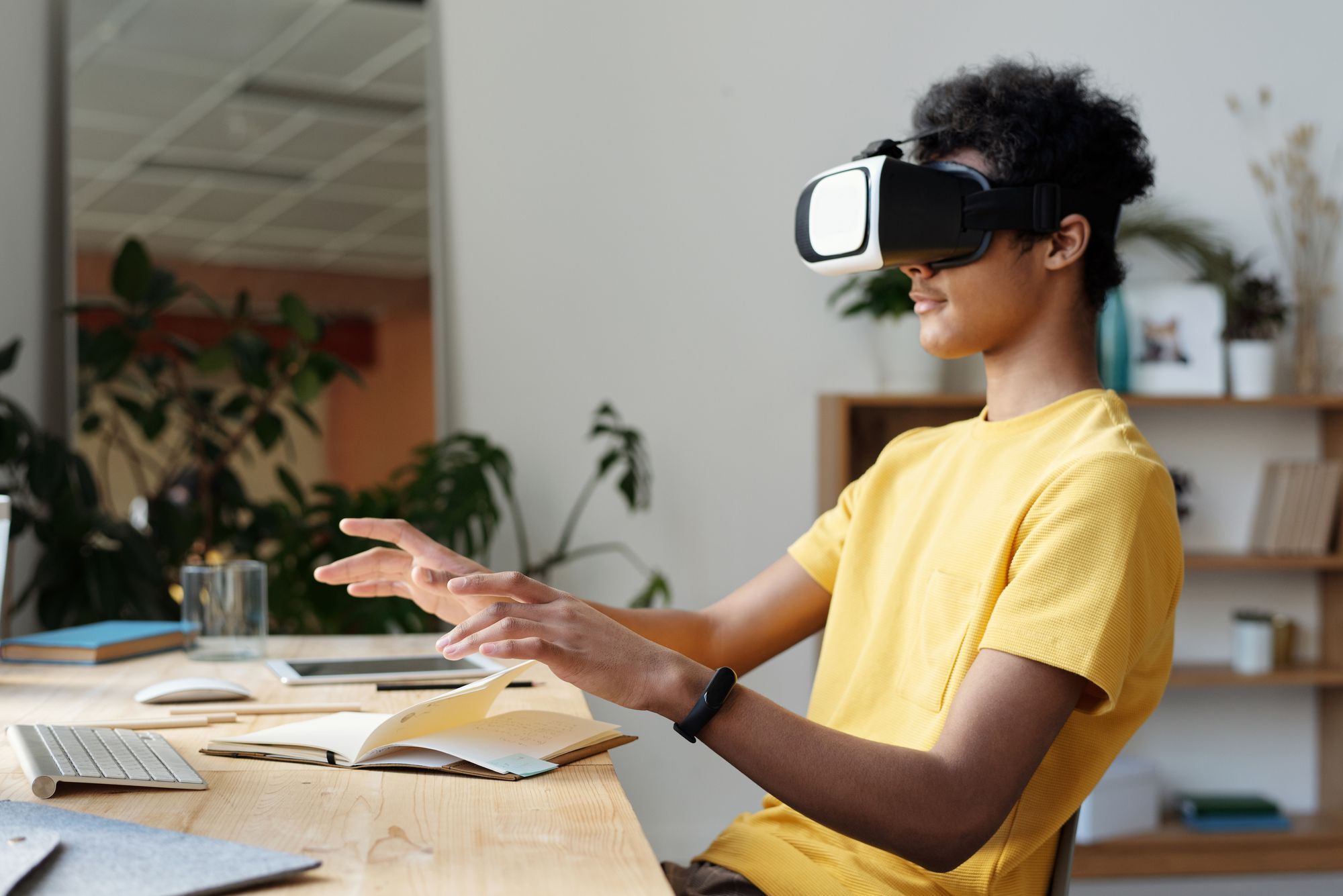Could the XR Revolution Finally Democratise Global Access to Knowledge?

Knowledge and skills are a source of incredible power, but their acquisition requires a significant time investment and depends upon access to the appropriate resources, skilled instruction and sufficient practice opportunities.
This simple fact is at the root of the global knowledge divide - a divide which is not just geographic, but socio-economic and gendered.
The internet has kick-started a world-wide education revolution, but so far this has been largely restricted to the democratisation of information and data rather than of knowledge and skills.
This is because swathes of the population are still unable to access the high-quality teaching, the costly resources, and the rare practice opportunities which are required to drive high-competency skill development. Barriers of time, expense and geography are proving harder to overcome than the optimistic early e-learning champions expected.
However, as Extended Reality technologies improve in both quality and accessibility, new opportunities are emerging for remote skill acquisition. Early signs point towards a radical levelling of the playing field, with existing elites set to eventually lose their grip on the knowledge monopoly.
The Opportunities Presented by XR Tech
Immersive learning experiences are achieved in virtual environments by combining 3D, 360-degree video footage with sound effects and haptic communication (movement and touch). Such experiences can be customised completely depending on the desired learning outcome, and inbuilt AI can gather endless data points on user participation and performance in learning tasks.
In 2021, it is not necessary for learners to have access to a VR headset to access XR learning material. The content can be created to be just as impactful when accessed via smartphone, laptop or desktop. Users just need to log on to a remote platform in order to access the immersive content (which can often be downloaded for later use in locations with poor internet connectivity).
When learners (school students, university students or older adults) access immersive, interactive educational content via a Virtual or Augmented Reality platform, they are presented with opportunities to physically engage with the learning material. This might mean that they ‘carry out’ a dissection or chemical experiment, ‘examine’ a patient, ‘repair’ a broken machine - all without leaving their homes or classrooms.
This interactive element of XR learning helps to drive faster skill acquisition, promote longer knowledge retention and also increase learner confidence. Other advantages are multiple: for learners, there is a low cost of access and no need to travel. For education institutions, it becomes possible to create and distribute cost-effective, infinitely scalable and customisable education programmes with inbuilt progress-tracking and bespoke AI-driven feedback to enhance learner development.
Training Doctors in Ethiopia
Here at Virti, we’ve been involved first-hand in a project to democratise access to high-quality medical training.
Just before the start of the COVID-19 pandemic, members of our team participated in a visit to Bahir Dar University hospital in Ethiopia, on a mission to explore the feasibility of rolling out XR training with students and junior medics there.
The team members worked with Ethiopian doctors to capture footage of a sawbone workshop, and plan to use the footage to create a pilot VR workshop that can be delivered to future Ethiopian Residents coming into the hospital and test the feasibility of this mode of teaching. It is hoped that this will reduce costs associated with implant companies donating expensive artificial bones, the demonstration equipment and the travel costs incurred.

If successful, similar VR learning experiences could be rapidly up-scaled and delivered across resource-poor healthcare systems (such as those in Sub-Saharan Africa) where the internet infrastructure exists.
Read more about Virti’s research trip to Bahir Dar University Hospital in Ethiopia here.
The Barriers to Progress
The main obstacles slowing down the global dissemination of XR tech for learning are, firstly, internet access, and secondly, hardware and content creation costs.
These barriers are likely to considerably reduce in size as this decade progresses. Hardware costs will fall as technology moves forwards, and content can be shared between institutions. Internet access - both broadband and 4/5G - is being rolled out at rapid pace, with near-global connectivity looking likely before the middle of the century.
XR technology is, of course, not going to provide a one-stop solution to educational inequality around the globe. However, at Virti we are optimistic that it will deliver significant impact in driving up education outcomes and opportunities amongst previously disadvantaged communities.
With the covid pandemic providing additional momentum to the growth of XR tech in the education space, it’s more than likely that XR learning and its associated advantages will soon be a recognised sector gold standard.
To find out how the experts at Virti can help your organisation roll out a bespoke XR training or education project, get in touch with a member of the team today.
